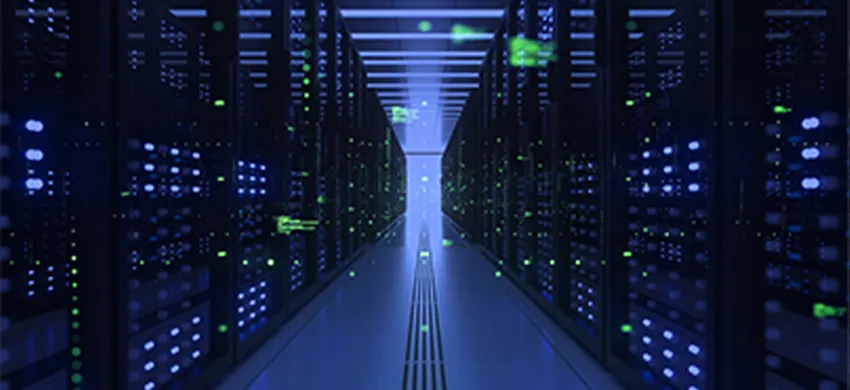In today's fast-paced digital world, networking technology plays a crucial role in ensuring smooth communication and data transmission within organizations. One key component of networking technology is the fiber optic transceiver, a device that converts electrical signals into light signals and vice versa. In this blog, we will explore the benefits of using fiber optic transceivers in networking.
Faster Data Transmission Speeds
One of the main advantages of using fiber optic transceivers in networking is the significantly faster data transmission speeds they offer compared to traditional copper cables. Fiber optic cables can transmit data at speeds of up to 100 Gbps, making them ideal for high-bandwidth applications such as video streaming, cloud computing, and data center networking. In today's data-driven world, where speed and efficiency are essential, fiber optic transceivers are a game-changer.
Increased Bandwidth
Fiber optic transceivers also provide increased bandwidth compared to copper cables. This allows for more data to be transmitted simultaneously, leading to improved network performance and reduced latency. With the growing demand for high-speed internet and streaming services, having a high-bandwidth network is essential. Fiber optic transceivers help meet this demand by providing greater bandwidth capacity.
Long-distance Transmission
Another benefit of using fiber optic transceivers in networking is their ability to transmit data over long distances without compromising signal quality. Traditional copper cables are limited in terms of distance, as signals tend to degrade over long stretches of cable. Fiber optic cables, on the other hand, can transmit data over several kilometers without any loss in signal quality. This makes fiber optic transceivers ideal for connecting remote offices or data centers in different locations.
Improved Security
Fiber optic transceivers also offer improved security compared to copper cables. Since fiber optic cables transmit data using light signals, they are not susceptible to electromagnetic interference or signal tapping. This makes them more secure and less prone to data breaches. In today's age of cyber threats and security concerns, having a secure network infrastructure is essential. Fiber optic transceivers provide an added layer of security to help protect sensitive data and ensure network reliability.
In conclusion, fiber optic transceivers offer numerous benefits in networking, including faster data transmission speeds, increased bandwidth, long-distance transmission capabilities, and improved security. As organizations continue to rely on high-speed and reliable network connections, fiber optic transceivers have become an essential component of modern networking technology. By investing in fiber optic transceivers, businesses can enhance their network performance, improve data transmission speeds, and strengthen their overall security posture. Make the switch to fiber optic transceivers today and experience the benefits firsthand.

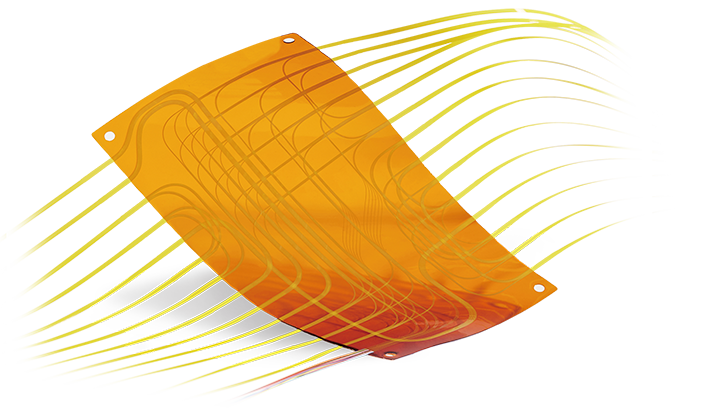 Fiber Optic Flex Circuit (FOFC)
Advanced Simulation & Optimization, High Positioning Accuracy, Flexible Customization, Rigorous Reliability Testing
Fiber Optic Flex Circuit (FOFC)
Advanced Simulation & Optimization, High Positioning Accuracy, Flexible Customization, Rigorous Reliability Testing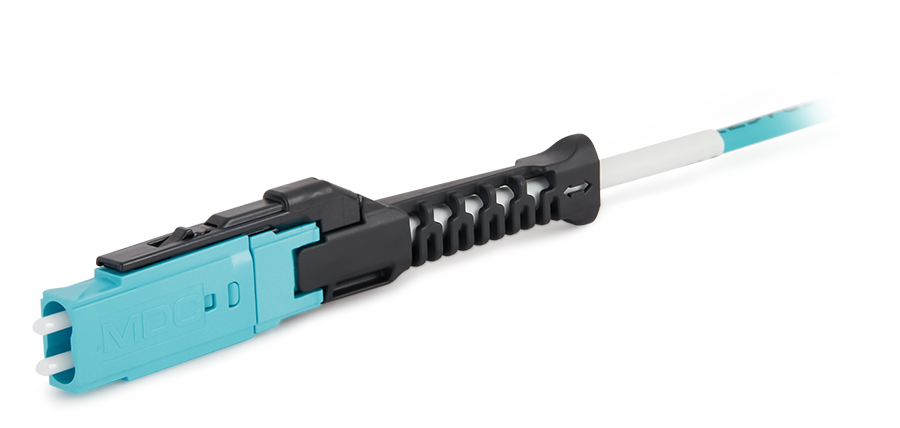 MDC Solution
US Conec's MDC connector is a Very Small Form Factor (VSFF) duplex optical connector, expertly designed for terminating single-mode and multimode fiber cables with diameters up to 2.0mm.
MDC Solution
US Conec's MDC connector is a Very Small Form Factor (VSFF) duplex optical connector, expertly designed for terminating single-mode and multimode fiber cables with diameters up to 2.0mm.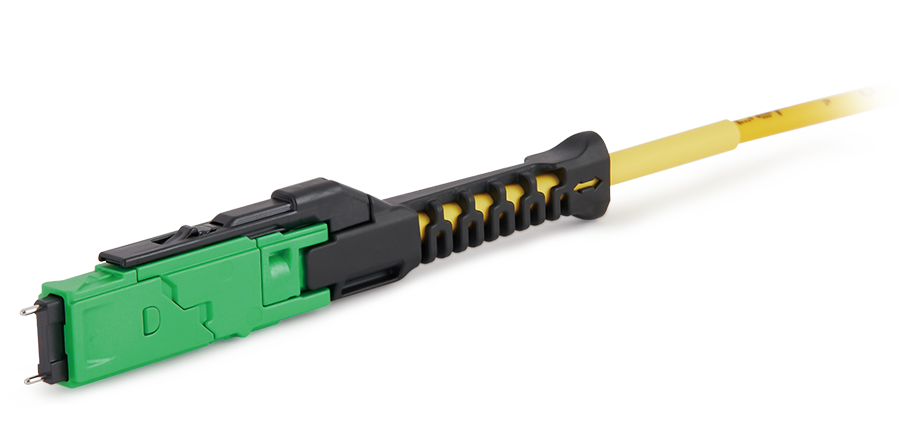 MMC Solution
US Conec's Very Small Form Factor (VSFF) multi-fiber optical connector that redefines high-density connectivity with its cutting-edge TMT ferrule technology and intuitive Direct-Conec™ push-pull boot design.
MMC Solution
US Conec's Very Small Form Factor (VSFF) multi-fiber optical connector that redefines high-density connectivity with its cutting-edge TMT ferrule technology and intuitive Direct-Conec™ push-pull boot design. EN
EN
 jp
jp  fr
fr  es
es  it
it  ru
ru  pt
pt  ar
ar  el
el  nl
nl 

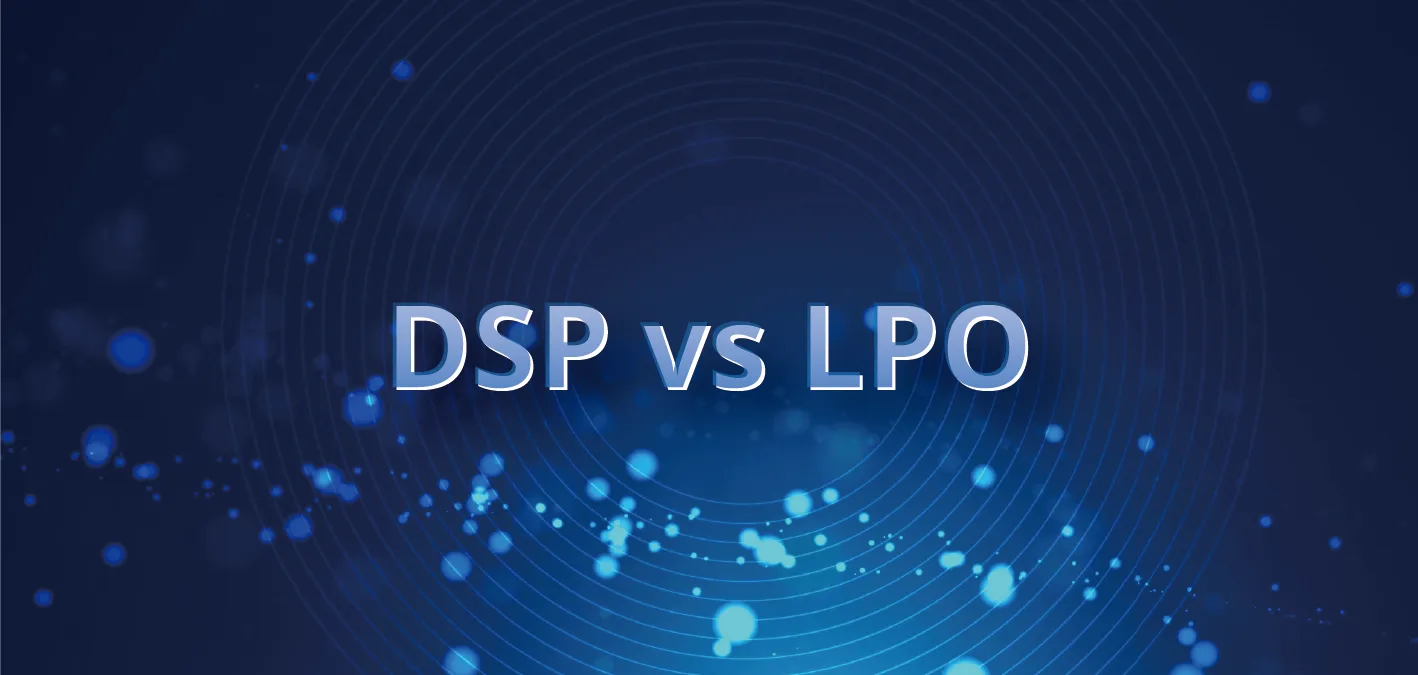
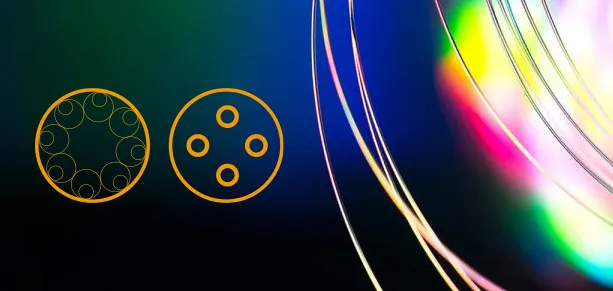
_and_High-Reflection_(HR)_Optical_Coatings.webp)
